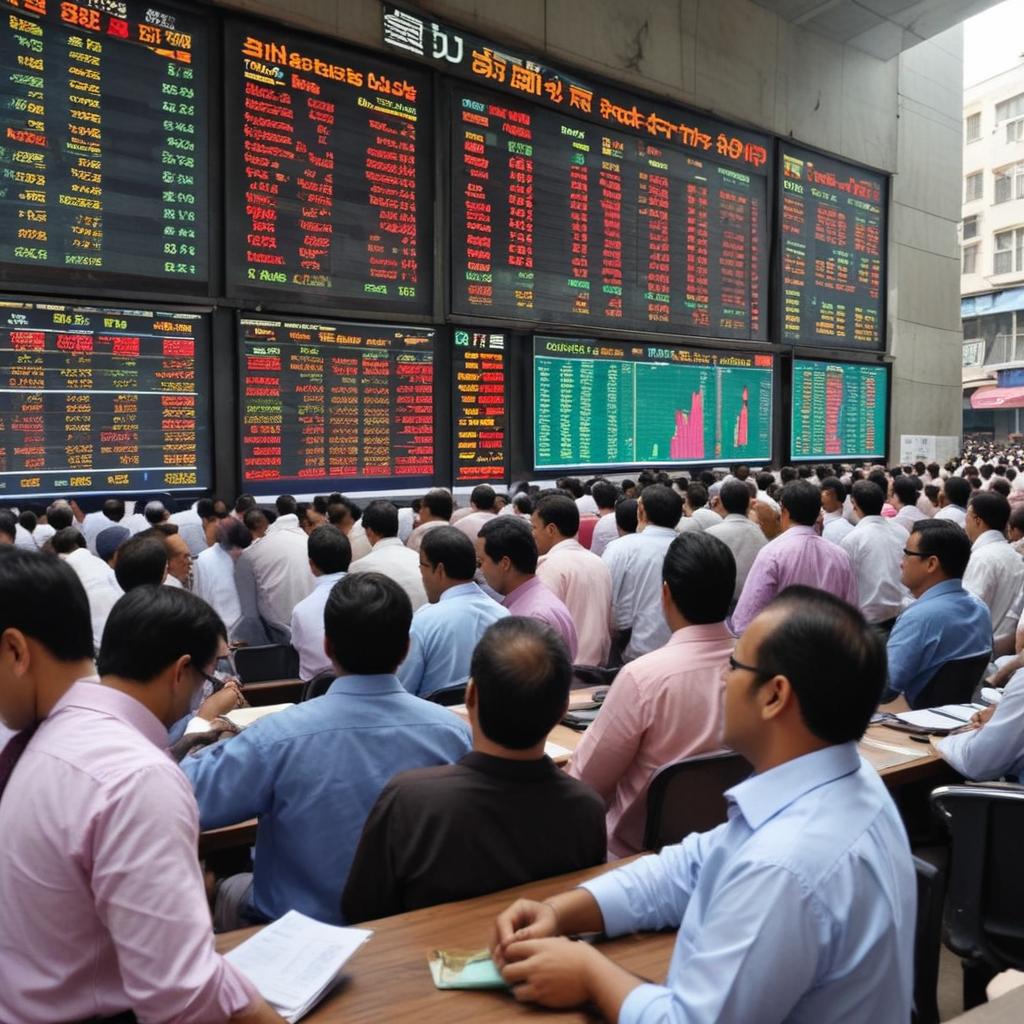
An option chain serves as a financial tool that provides a comprehensive list of all available option contracts for a specific underlying security. This includes both call options, which grant the holder the right to purchase the underlying asset, and put options, which grant the holder the right to sell the underlying asset, at various strike prices and expiration dates. Option chains offer traders and investors crucial information such as prices, bid and ask sizes, trading volume, open interest, and implied volatility. They play a vital role in analysing potential trading opportunities, understanding market sentiment, and managing risk in the derivatives market.
New to Investing? Start Your Journey Today!
Are you new to investing? Begin your journey into stock market investing with ease! Choose a beginner-friendly stock market trading app to kickstart your investment journey.
Understanding Call and Put Options in an Option Chain
Call Option A call option is a financial contract that grants the holder the right, but not the obligation, to buy a specific underlying asset at a predetermined price (known as the strike price) within a specified period (the expiration date). In an option chain, call options are prominently displayed alongside put options. Typically, call options are listed with strike prices arranged from lowest to highest, allowing investors to evaluate various purchase opportunities. Each call option contract represents the right for the holder to buy the underlying asset at the agreed-upon strike price, regardless of its market price at the time of exercise.
Put Option Conversely, a put option is a contract that gives the holder the right, but not the obligation, to sell a particular underlying asset at a predetermined price (strike price) within a specified timeframe (expiration date). Put options are similarly featured in the option chain, often listed with strike prices increasing from left to right. Each put option contract enables the holder to sell the underlying asset at the strike price, offering protection against potential declines in its market value.
Key Features of an Option Chain
Option chains serve as comprehensive resources for traders and investors, offering critical insights into available options for a specific underlying security:
-
Underlying Asset: The foundation of each option contract is the underlying asset, which can include stocks, indexes, or exchange-traded funds (ETFs).
-
Expiration Dates: Option chains clearly delineate expiration dates, specifying the timeframe during which options contracts can be exercised. These dates determine the validity period of each contract.
-
Strike Prices: Displayed in ascending order, strike prices represent the predetermined levels at which the option holder can buy (for call options) or sell (for put options) the underlying asset.
-
Option Type: Options are categorized into call options and put options, offering flexibility in trading strategies to capitalize on market movements.
-
Option Symbols: Each contract is uniquely identified by symbols, facilitating easy tracking and execution within the market.
-
Bid and Ask Prices: Reflecting market dynamics, bid prices indicate the maximum price buyers are willing to pay for an option, while ask prices signify the minimum price sellers are willing to accept.
-
Volume and Open Interest: These metrics provide valuable insights into market activity and sentiment.
How to Read Options Charts
Interpreting options charts involves understanding several critical elements:
-
Underlying Asset: Identifying the specific asset (e.g., stock, index) for which options contracts are available, usually indicated at the top of the options chart.
-
Strike Prices and Expiration Dates: Presented on the vertical and horizontal axes, respectively. Strike prices represent the price levels at which options can be exercised, while expiration dates specify the duration during which contracts can be acted upon.
-
Option Type: Calls and puts are typically organized on opposite sides of the chart, with call options providing the right to buy and put options offering the right to sell the underlying asset.
-
Bid and Ask Prices: Displayed for each strike price and expiration date, bid prices reveal the highest price buyers are willing to pay, while ask prices indicate the lowest price sellers are willing to accept for the option.
-
Volume and Open Interest: Metrics like volume and open interest offer insights into the level of trading activity and market sentiment surrounding specific options contracts.
Chart Analysis Traders utilize technical analysis techniques to interpret options charts effectively:
-
Patterns and Trends: Identifying recurring patterns and trends within options charts can provide insights into potential future price movements.
-
Support and Resistance Levels: These levels indicate points where buying or selling pressure may be concentrated, helping traders make informed decisions about entry and exit points for options positions.
In Conclusion
The option chain is an indispensable tool for traders and investors alike, offering comprehensive information about available options for a specific underlying security. By analysing key characteristics such as strike prices, expiration dates, bid and ask prices, volume, open interest, and implied volatility, market participants can gain valuable insights into market dynamics. Understanding how to read options charts enhances traders’ ability to interpret market sentiment and make informed trading decisions. Overall, the option chain plays a vital role in analysing potential trading opportunities, understanding market sentiment, and effectively managing risk in the derivatives market.
FAQs
What are Calls and Puts?
Calls and puts are types of options contracts; a call option grants the holder the right to buy an asset at a predetermined price, while a put option grants the right to sell it at a specified price within a set time frame.
What is the “Expiration Date” in options?
The expiration date refers to the date when an options contract becomes invalid, determining the timeframe within which the option must be exercised or it expires worthless.